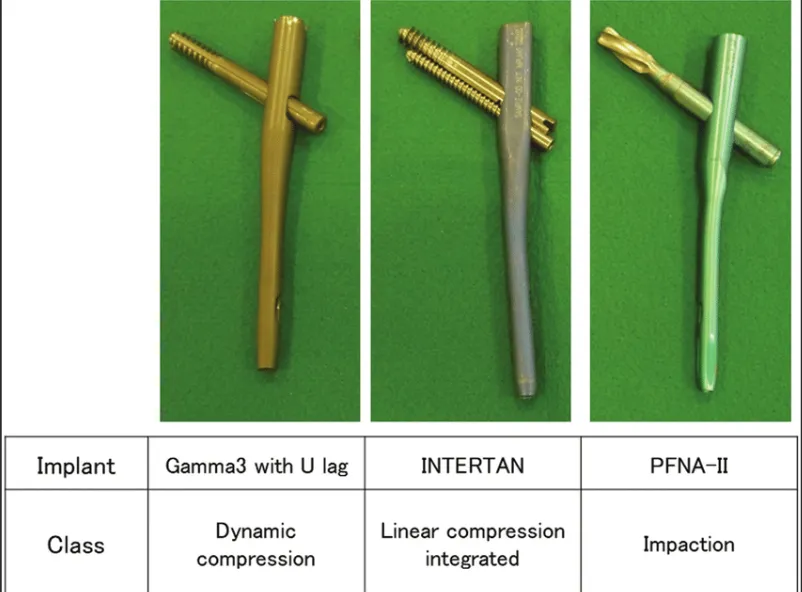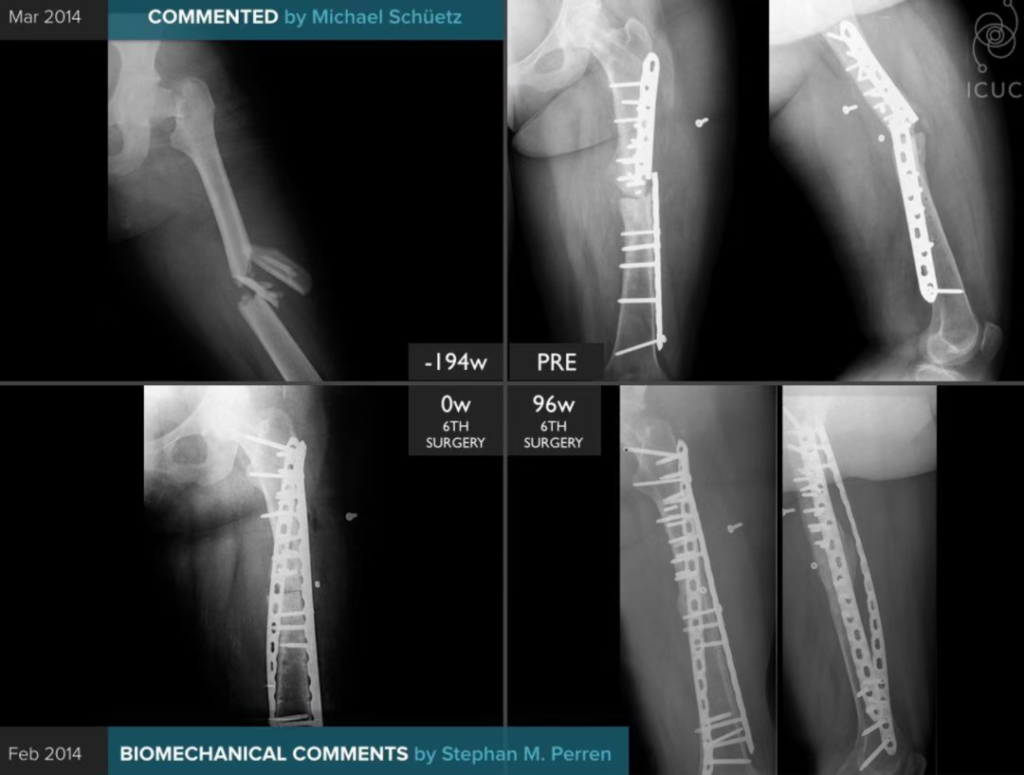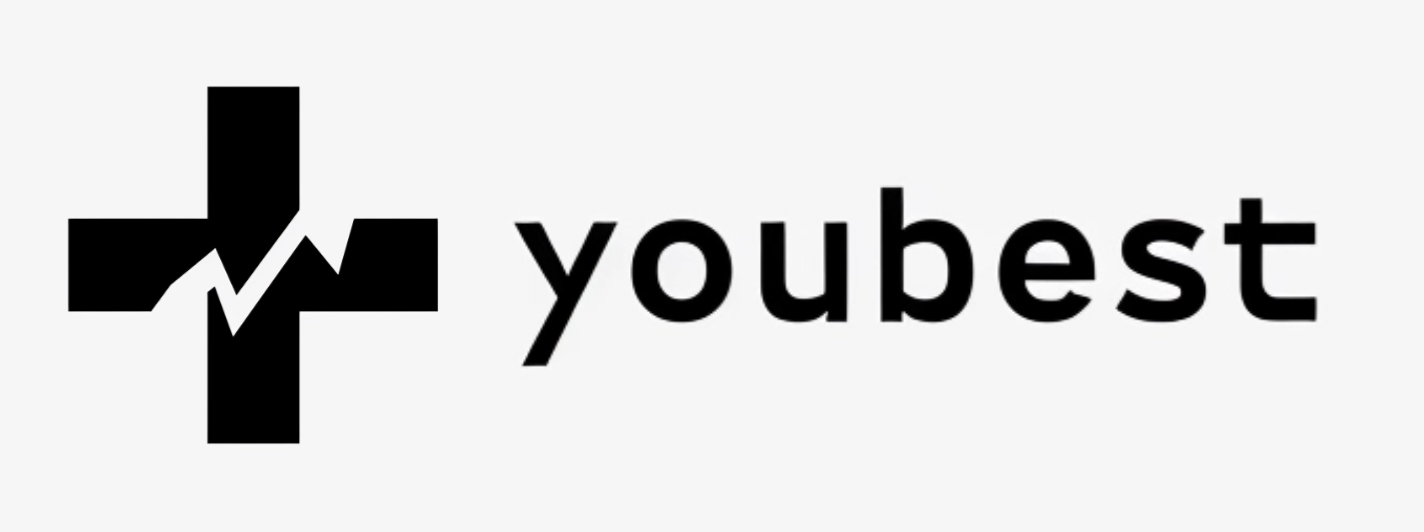
I’ll summarize the key points from these two articles on the treatment of intertrochanteric fractures of the femur, focusing on the comparison between PFNA (Proximal Femoral Nail Antirotation), InterTAN (IT), and Gamma3 nailing systems.
1. Background:
o Intertrochanteric fractures are common hip fractures, especially in the elderly population.
o They occur between the base of the femoral neck and the lesser trochanter.
o These fractures are often associated with osteoporosis and have a significant impact on patients’ quality of life.
2. Treatment Options:
o Intramedullary fixation is the primary choice for treating intertrochanteric fractures.
o PFNA, InterTAN, and Gamma3 are commonly used intramedullary nailing systems.
3. Comparison of Intraoperative Parameters:
o PFNA and Gamma3 (single-screw devices) generally show advantages in:
§ Shorter surgical duration
§ Reduced fluoroscopy time
§ Decreased blood loss
o These advantages are particularly important for patients with poor physical conditions who cannot tolerate prolonged surgeries.
4. Postoperative Outcomes:
o No significant differences were found between the devices in:
§ Length of hospital stay
§ Harris Hip Score (HHS)
§ Reduction quality
§ Tip-Apex Distance (TAD)
§ Fracture healing time
§ Cases of nonunion or malunion
5. Complications:
o InterTAN demonstrated significant advantages in reducing postoperative complications compared to PFNA and Gamma3, including:
§ Lower rates of shaft fractures
§ Reduced incidence of varus collapse
§ Fewer cases of screw cut-out
§ Less screw migration
§ Reduced hip and thigh pain
6. Design Features and Their Impact:
o InterTAN’s dual-screw design provides better rotational stability and resistance to excess load upon weight-bearing.
o InterTAN’s tapered design may reduce stress concentration around the nail tip, potentially lowering the risk of femoral shaft fractures.
o PFNA’s single-screw design may lead to simpler and faster surgical procedures but might have limitations in complex fractures, especially those with incomplete lateral walls.
7. Factors Influencing Outcomes:
o Fracture type and complexity (AO classification)
o Bone quality (osteoporosis)
o Surgical technique and experience
o Postoperative protocol and timing of weight-bearing
8. Tip-Apex Distance (TAD):
o While important, TAD alone may be insufficient in predicting favorable outcomes.
o Some researchers suggest that optimal TAD values may be device-specific, rather than a one-size-fits-all approach.
o Further research is needed to determine device-specific TAD criteria.
9. Considerations for Specific Patient Groups:
o PFNA may be more suitable for frail patients with multiple comorbidities due to its favorable intraoperative parameters.
o InterTAN might be preferred for patients who can tolerate longer surgeries or have complex fracture situations, due to its lower incidence of postoperative complications.
10. Future Directions:
o There’s a need for longer-term follow-up studies and high-quality randomized controlled trials.
o Future research should focus on tailoring treatment strategies based on patient-specific factors such as bone quality and fracture pattern.
o Cost-effectiveness comparisons between different devices are needed.
o Exploration of bone quality and TAD as predictive markers for specific postoperative complications is warranted.
In conclusion, while InterTAN shows advantages in reducing postoperative complications, PFNA and Gamma3 offer benefits in terms of intraoperative parameters. The choice of device should be based on a comprehensive assessment of the patient’s condition, fracture type, and surgeon’s experience. Continued research is necessary to optimize treatment strategies for different patient groups and to evaluate long-term outcomes of these fixation devices.
Disclaimer:
This article and all articles on this website are for reference only by medical professionals; specific medical problems should be treated promptly. To ensure “originality” and improve delivery efficiency, some articles on this website are AI-generated and machine-translated, which may be inappropriate or even wrong. Please refer to the original English text or leave a message if necessary. Copyright belongs to the original author. If your rights are violated, please contact the backstage to delete them. If you have any questions, please leave a message through the backstage, or leave a message below this article. Thank you!
Like and share, your hands will be left with the fragrance!




